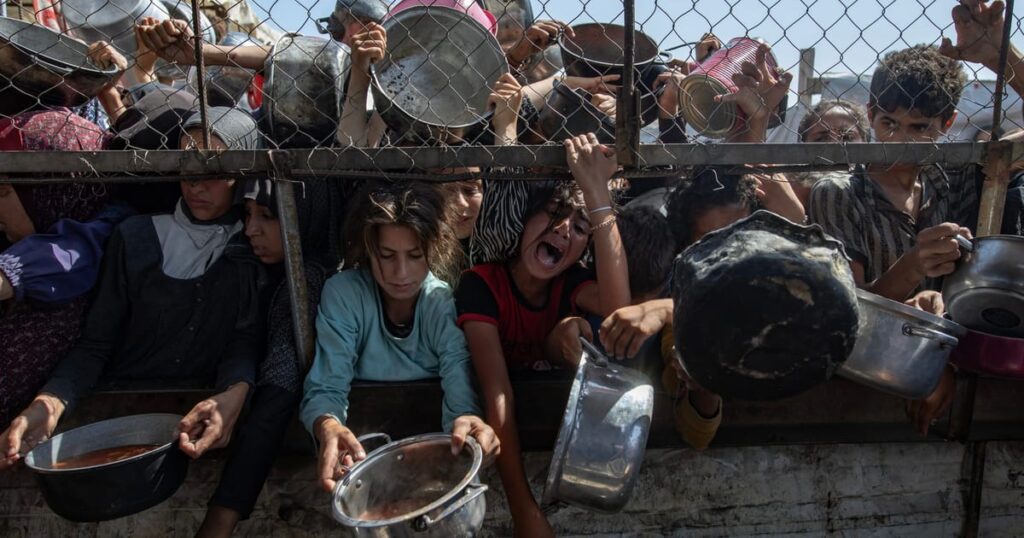“Any further delay — even by days — will result in a totally unacceptable escalation of Famine-related mortality,” it added.
The IPC — a global initiative led by U.N. agencies, aid groups and governments — is the primary tool the international community relies on to assess famine. It uses a five-phase scale to analyze and classify levels of acute food insecurity. While the IPC does not formally declare a famine, its assessments provide the analysis that underpins official recognition.
The report raised Gaza Governorate to Phase 5, the highest level on the global hunger scale, marked by starvation, destitution and death. It estimates that more than 500,000 people in Gaza are already living under these conditions.
A further 1.07 million people, 54 percent of Gaza’s pre-war population, are classified as being in Phase 4, or “emergency” levels of food insecurity, while 396,000 people (20 percent) are enduring Phase 3, or “crisis” conditions. Looking ahead, the report projects that by the end of September, as many as 641,000 Palestinians could be facing Phase 5, or “catastrophe,” conditions.
The Israeli government, which has been at loggerheads with the U.N. for years, strongly rejected the assessment.
The Coordination of Government Activities in the Territories (COGAT), the military body overseeing Gaza aid, called the IPC’s findings “false” and “biased,” based on “partial and unreliable sources, many of them affiliated with Hamas.”


